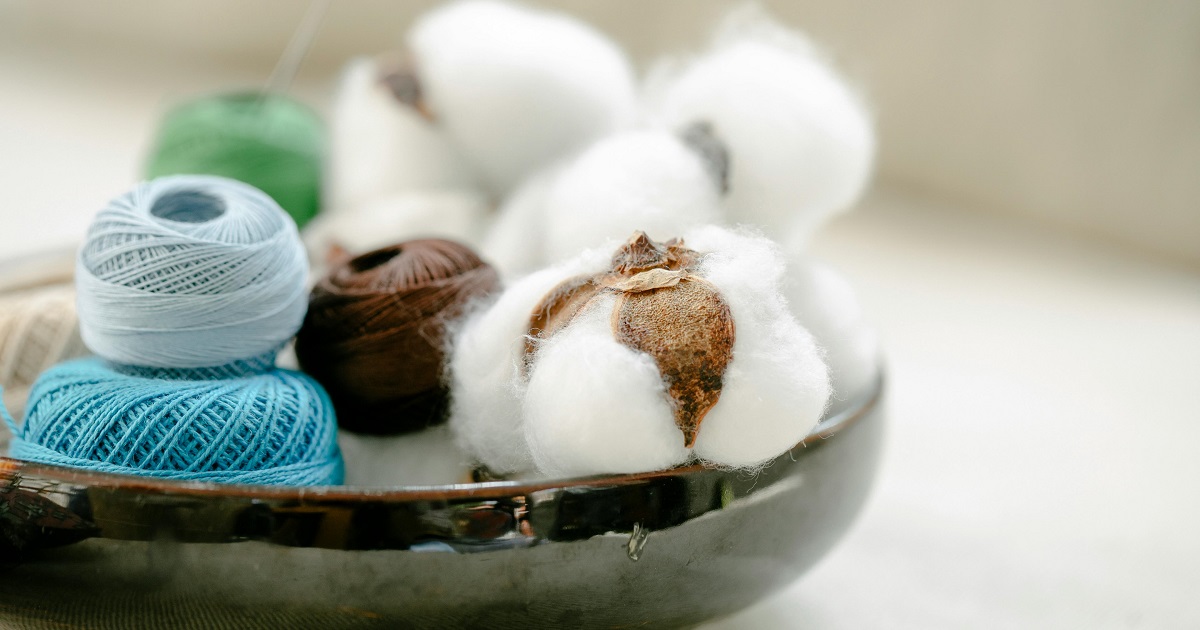Natural Fibers for Advanced Materials: Addressing Challenges
A special issue of Fibers (ISSN 2079-6439).
Deadline for manuscript submissions: 25 May 2025 | Viewed by 6534

Image courtesy of Teona Swift on Pexels
Special Issue Editors
2. Centre for Future Materials, University of Southern Queensland, Toowoomba, QLD 4350, Australia
Interests: cellulose; natural fibers; sustainable building blocks; nanomaterials; biomass-derived carbon
Special Issues, Collections and Topics in MDPI journals
Special Issue Information
Dear Colleagues,
Natural fibers are renewable resources that are more sustainable raw materials and fibers for textile and advanced materials industries. Compared to synthetic fibers, natural fibers offer several advantages in reducing our dependency on petroleum resources and promoting a circular economy by utilizing the fiber crop’s biomass and intermediate by-products and waste streams. Despite these advantages and being used in the following areas in the distant past, natural fibers have been replaced by synthetic fibers and filaments in industrial applications such as functional and protective clothing, insulation batts, technical composites, filters, and packaging materials. In the broader advanced material spectrum, the challenges with using natural fibers are associated with uniformity and consistency, mechanical strength and durability, their inherent moisture absorption properties, and poor dimensional stability. This Special Issue intends to cover the recent efforts in addressing these challenges for improving consistency (or reducing variations) while exploiting characteristic properties, leading to more reliable (even not yet predictable) materials.
This Special Issue solicits contributions from researchers in plant biology, agronomy, materials/mechanical engineering, chemistry, and different industries.
Topics of interest include, but are not limited to, the following subject areas and their effects on the cost of the fiber or material for processing, as well as the consistency and properties of the end product:
- Plant selection/breeding (for fiber quality);
- Implementation of grading and sorting techniques;
- Quality control (analysis and monitoring);
- Post-harvest processing treatments;
- Chemical and/or biorefining modifications;
- Scaling up and standardizing processing and/or monitoring practices;
- Natural fiber-based material forms and properties.
Dr. Pratheep Kumar Annamalai
Dr. Stuart G. Gordon
Guest Editors
Manuscript Submission Information
Manuscripts should be submitted online at www.mdpi.com by registering and logging in to this website. Once you are registered, click here to go to the submission form. Manuscripts can be submitted until the deadline. All submissions that pass pre-check are peer-reviewed. Accepted papers will be published continuously in the journal (as soon as accepted) and will be listed together on the special issue website. Research articles, review articles as well as short communications are invited. For planned papers, a title and short abstract (about 100 words) can be sent to the Editorial Office for announcement on this website.
Submitted manuscripts should not have been published previously, nor be under consideration for publication elsewhere (except conference proceedings papers). All manuscripts are thoroughly refereed through a single-blind peer-review process. A guide for authors and other relevant information for submission of manuscripts is available on the Instructions for Authors page. Fibers is an international peer-reviewed open access monthly journal published by MDPI.
Please visit the Instructions for Authors page before submitting a manuscript. The Article Processing Charge (APC) for publication in this open access journal is 2000 CHF (Swiss Francs). Submitted papers should be well formatted and use good English. Authors may use MDPI's English editing service prior to publication or during author revisions.
Benefits of Publishing in a Special Issue
- Ease of navigation: Grouping papers by topic helps scholars navigate broad scope journals more efficiently.
- Greater discoverability: Special Issues support the reach and impact of scientific research. Articles in Special Issues are more discoverable and cited more frequently.
- Expansion of research network: Special Issues facilitate connections among authors, fostering scientific collaborations.
- External promotion: Articles in Special Issues are often promoted through the journal's social media, increasing their visibility.
- e-Book format: Special Issues with more than 10 articles can be published as dedicated e-books, ensuring wide and rapid dissemination.
Further information on MDPI's Special Issue polices can be found here.






